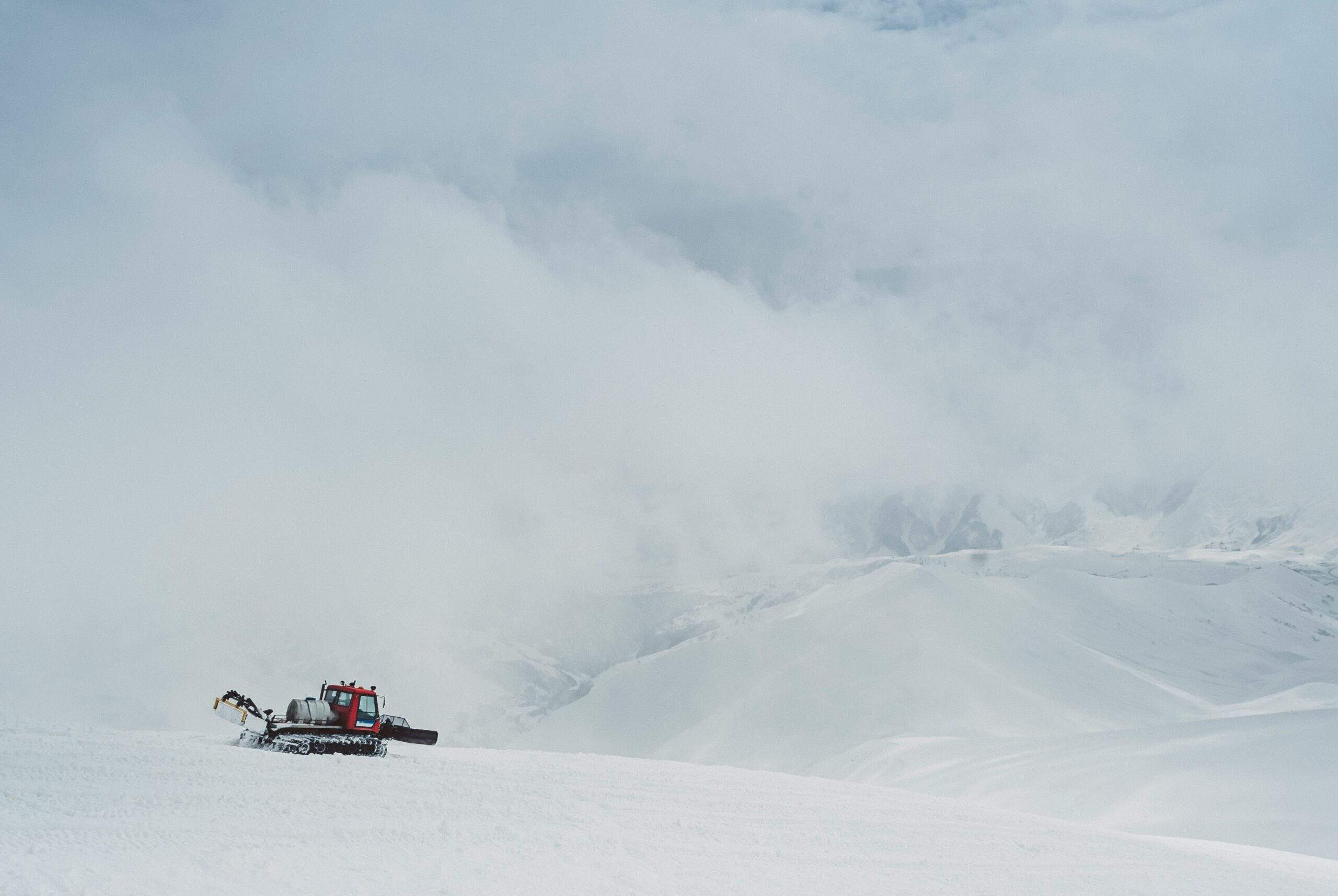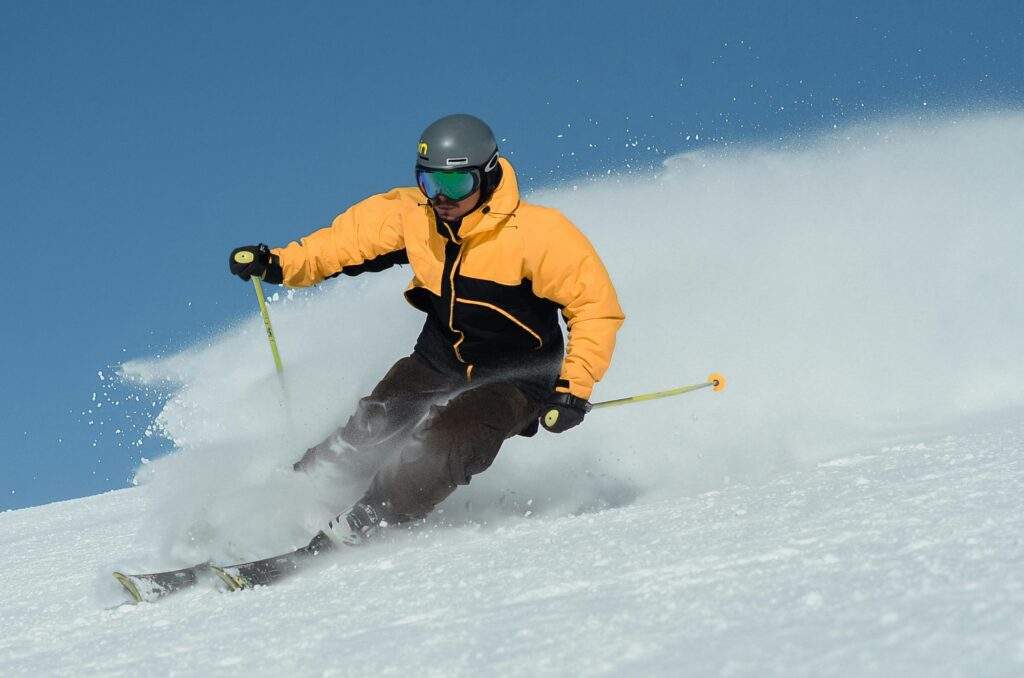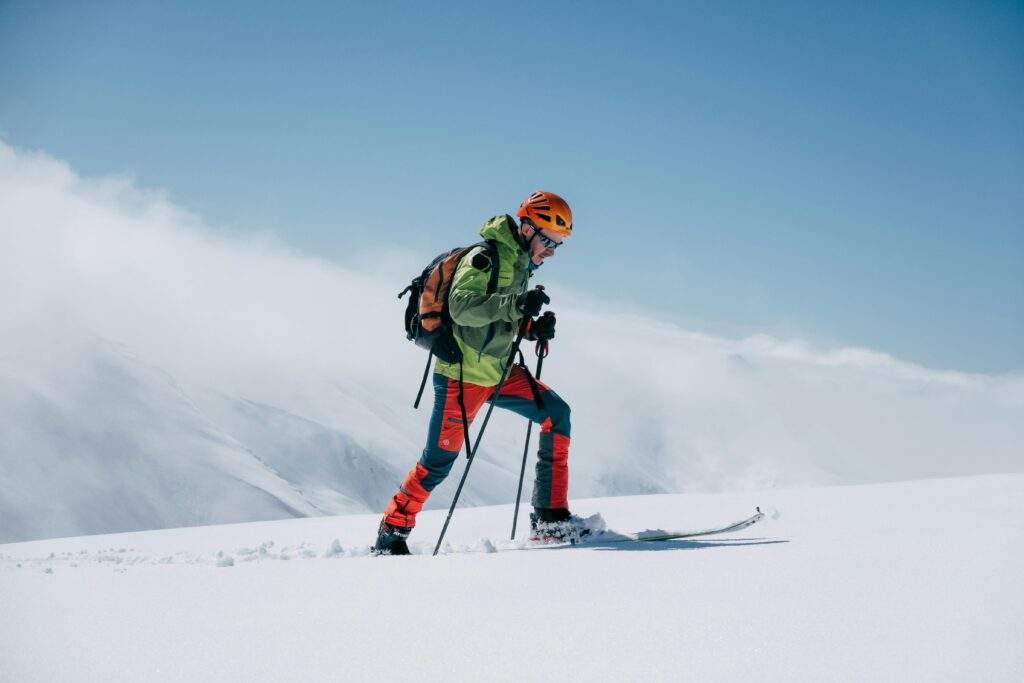“Why do my snow photos look like a blurry mess?” Sound familiar?
If you’ve ever tried snapping the perfect shot during a snowshoeing tour only to end up with flat, gray images—or worse, your lens fogging up—you’re in good company. Capturing powder snow photography is part art, part science, and entirely worth mastering. In this guide, we’ll dive deep into actionable tips, common mistakes, and some “grumpy photographer” secrets so you can nail those dreamy winter shots.
Here’s what you’ll learn:
- The challenges of shooting in snowy conditions (and how to overcome them).
- A step-by-step guide for photographing powder snow while on snowshoeing tours.
- Best practices to avoid rookie errors (like overexposing every shot).
- Real-life examples from seasoned photographers who’ve braved the cold.
Table of Contents
- Key Takeaways
- Why Powder Snow Photography is Harder Than You Think
- Step-by-Step Guide to Mastering Snow Shots
- 7 Must-Follow Tips for Stunning Snow Photographs
- Real-Life Success: Inspiring Snow Photos
- Frequently Asked Questions About Powder Snow Photography
Key Takeaways
- Shooting in bright, reflective snow requires adjusting exposure settings manually.
- Use RAW format for maximum post-processing flexibility.
- Protect your gear with weatherproof covers and hand warmers.
- Timing matters—shoot during golden hour or after a fresh snowfall.
- Practice makes perfect; embrace trial and error in harsh conditions.
Why Powder Snow Photography is Harder Than You Think

Let’s talk about the elephant in the room: Snow confuses cameras. Your fancy DSLR sees all that white as overly bright and tries to underexpose everything else. The result? Dark skies, muddy shadows, and zero definition in the snow texture.
I once forgot to check my histogram before posting an image online. People thought it was a black-and-white photo because I’d completely blown out the midtones. Oof.
Snowshoeing adds another layer of difficulty—you’re carrying extra weight, trekking through uneven terrain, and possibly dealing with subzero temperatures. So how do professionals make it look effortless? It starts with understanding the environment—and having the right tools.
Step-by-Step Guide to Mastering Snow Shots
Step 1: Gear Up Right
No one wants their phone freezing mid-shot—or their expensive camera dying halfway through the hike. Opt for:
- Weather-sealed cameras (like Nikon Z6 or Canon EOS R5).
- Lenses with fast apertures (e.g., f/2.8) for low-light scenarios.
- Hand warmers inside ziplock bags to keep batteries alive.
Step 2: Scout Your Location
Optimist You: *“This spot will be perfect!”*
Grumpy You: *“Yeah, unless someone stomps over the pristine snow first.”*
Plan ahead where you’ll stop to take pictures. Avoid busy trails if possible, and aim for untouched powder.
Step 3: Adjust Exposure Manually
Auto modes are useless in snow. Set your exposure compensation to +1 or +2 stops depending on the light. Use histograms to ensure details aren’t lost in highlights or shadows.
Step 4: Protect Your Lens From Fog
Pro tip: Let your camera acclimate outside its bag for 10 minutes before shooting. Otherwise, condensation turns your glass into Frosty the Lensman.
7 Must-Follow Tips for Stunning Snow Photographs
- **Shoot Early Morning**: Golden hour amplifies the sparkle of fresh powder.
- **Avoid Auto White Balance**: Switch to Daylight mode to retain natural tones.
- **Bracket Exposures**: Blend multiple shots later for balanced lighting.
- **Experiment With Angles**: Get down low to capture textures close-up.
- **Edit Sparingly**: Over-saturation can ruin whites faster than soggy mittens.
- **Pack Extras**: Carry spare memory cards and lens cloths—you’ll need them.
- **Don’t Trust Autofocus Alone**: Use manual focus for precision when shooting motion blur.
Real-Life Success: Inspiring Snow Photos

Take Sarah Johnson, whose viral Instagram series featured snowshoe tracks winding through British Columbia forests. Her secret? Timing each shot just after sunrise, paired with minimal editing to preserve authenticity. Meanwhile, adventurer Mark Stevens swears by bracketed exposures and polarizing filters to add depth to his icy landscapes.
These examples prove that patience and technique beat pricey equipment any day.
Frequently Asked Questions About Powder Snow Photography
What’s the best time of day to shoot snow photos?
Morning hours (golden hour) deliver soft, directional light ideal for capturing snow’s sparkle without harsh contrasts.
How do I prevent my photos from looking flat?
Add visual interest with diagonal lines, such as trees or footprints. Include shadows to create dimension.
Can smartphones take good snow photos?
Yes! Modern phones support manual controls and HDR modes. Just stabilize with a tripod to prevent shake.
Conclusion
Powder snow photography isn’t easy—it’s downright grueling—but oh-so-rewarding when done right. From scouting locations to mastering exposure settings, these tips arm you against the elements. So lace up your snowshoes, grab your gear, and remember: Even bad shots make great stories.
Chef’s kiss for persistence! Now go out there and capture the magic of winter.
Bonus haiku:
Snow whispers softly,
Lens captures fleeting moments,
Cold hands, warm heart beats.


